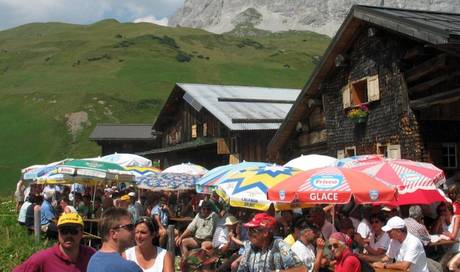Geologists from the Geological Survey of the Netherlands, part of TNO, have discovered a new extinct volcano in the subsurface of the Dutch part of the North Sea. The volcano has been given the name Mulciber (also known as Vulcan), after the Roman god of fire and volcanoes.
For more information, visit Science.nu
The volcano was active around the transition from the Jurassic to the Cretaceous, about 150 million years ago, just like its long-known brother in the Wadden Sea, the Zuidwal Volcano. After probably millions of years of activity, the volcano stopped.
Mulciber is dead and (literally) buried under more than 3 kilometers of sediment. The discovery of the volcano happened to happen during geological exploration research to rock strata from the late Jurassic.
The data had been public for years; the presence of a volcano had never been noticed before. As early as 1985, a borehole in the area had found several tens of meters of volcanic ash and basalt.
At the time, researchers thought those layers came from the 100-kilometer southeast South Volcano. An unlikely explanation, because basalt never gets that far from a volcano.
 –
–
–
–
–
Deviation from the earth’s magnetic field in the Netherlands. The two volcanoes in the underground are clearly recognizable by the dark red spots. (Photo: TNO)
Hard rock indicates possible volcano
A more local origin of the ash and the basalt is more likely. Research using 3D seismics (‘shooting’ vibrations into the ground to get an image of the rock) shows that a few kilometers west of the bore prevents a layer of very hard rock.
This was probably the basalt also found in the bore. A small volcano shape can be recognized in 3D images from the top of the hard layer. The position of the hard layer coincides with a strong positive deviation from the normal geomagnetic field.
Such a deviation is caused by increased concentrations of magnetic minerals, such as iron oxide and magnetite. Such minerals are common in congealed volcanic rock, so that the magnetic deviation (red on the map) can indicate the presence of igneous rock like basalt. The deviation at Mulciber is comparable to that at the Zuidwal Volcano.
The combination of data leads to the conclusion that we have a volcano in the Dutch subsurface.
Location is caused by millions of years of crustal movement
The volcano’s location can be explained by widespread displacements of the Earth’s crust as a result of the breakup of the supercontinent Pangea, which broke up millions of years ago. The broken pieces became the current continents.
Which is called rifting, stretching the crust apart, caused elongated sinking areas with fractures on either side: swallowing. Along those fractures, volcanism occurs frequently, as can be seen today in the East African Rift Valley.

 –
–
–
–
–
A break in the earth in the East African Rift Valley, caused by the sliding of the earth’s crust. (Photo: NASA / GSFC / METI / ERSDAC / JAROS, and U.S./Japan ASTER Science Team)
Possibly more dead volcanoes in Dutch soil
The borehole in which Mulciber ash and basalt has been found has also found evidence of perm volcanism more than 250 million years ago. Volcanic rocks have also been found in other drillings.
In addition, the map with the deviation from the earth’s magnetic field shows even more red spots in the north of the Dutch part of the North Sea. There is therefore a good chance that more dead volcanoes will be found in the Dutch subsurface in the future.
For more information, visit Science.nu
– .

